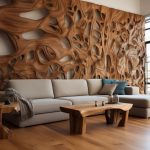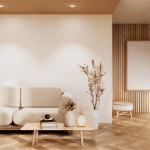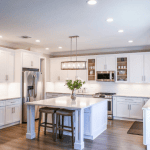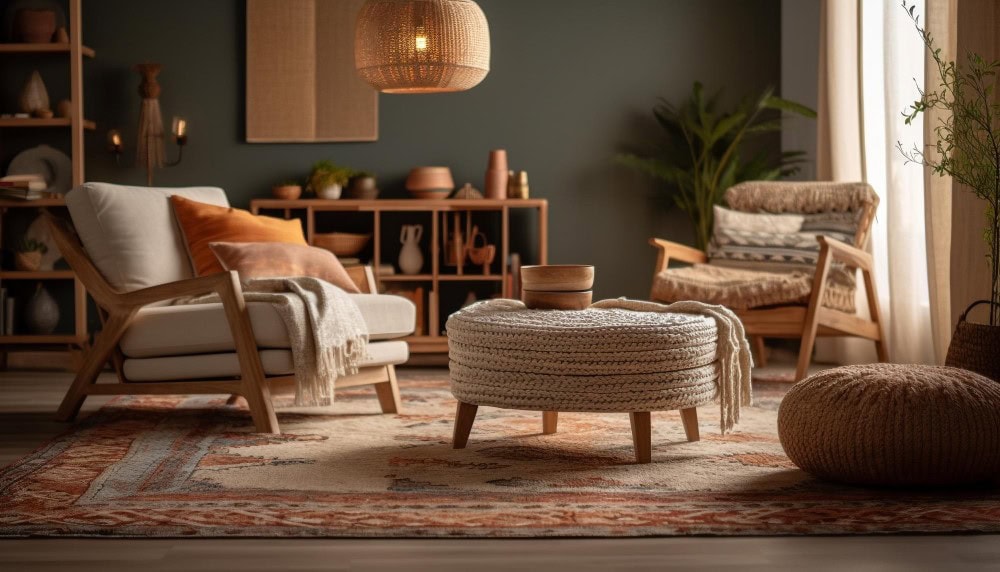
When it comes to furnishing a home or office, one of the critical choices consumers face is between handcrafted and mass-produced furniture. Each type offers distinct advantages and caters to different preferences and values. Understanding these differences can help you make informed decisions that align with your aesthetic, durability needs, and ethical considerations. This comparison aims to delve deep into the nuances of handcrafted versus mass-produced furniture, offering insights that might help you choose pieces that best suit your space and lifestyle.
Defining the Terms
Handcrafted Furniture: This type of furniture is characterized by its craftsmanship and the artisanal techniques employed in its creation. Artisans typically use traditional methods, often passed down through generations, to craft unique pieces from high-quality, often locally-sourced materials. The attention to detail and the personal touch of a skilled craftsman can turn each piece of furniture into a work of art, imbued with stories and a personal touch.
Mass-Produced Furniture: In contrast, mass-produced furniture is manufactured in large quantities using industrial methods. Automation and standardized designs are hallmarks of this type of production. The materials used often include engineered woods and plastics, which are less expensive and more readily available than the solid woods typically used in handcrafted pieces. The focus here is on efficiency, cost-reduction, and uniformity, which allows for widespread availability and lower price points.
Quality and Durability
The quality of furniture significantly influences its lifespan and performance in a living space. Handcrafted furniture is renowned for its superior build quality. Artisans invest time in selecting the best materials and use techniques like dovetail joints and mortise and tenon connections, which are not only aesthetically pleasing but also provide greater structural integrity. This meticulous process results in furniture that can withstand the test of time, often becoming family heirlooms.
On the other hand, mass-produced furniture, while improved in quality over the years, often relies on adhesives and mechanical fasteners like nails and staples, which can weaken over time. The use of particle board and other composite materials may not endure prolonged use and can be prone to damage from water and wear. Although this makes mass-produced furniture more accessible and affordable, it might not offer the same longevity and robustness as handcrafted options.
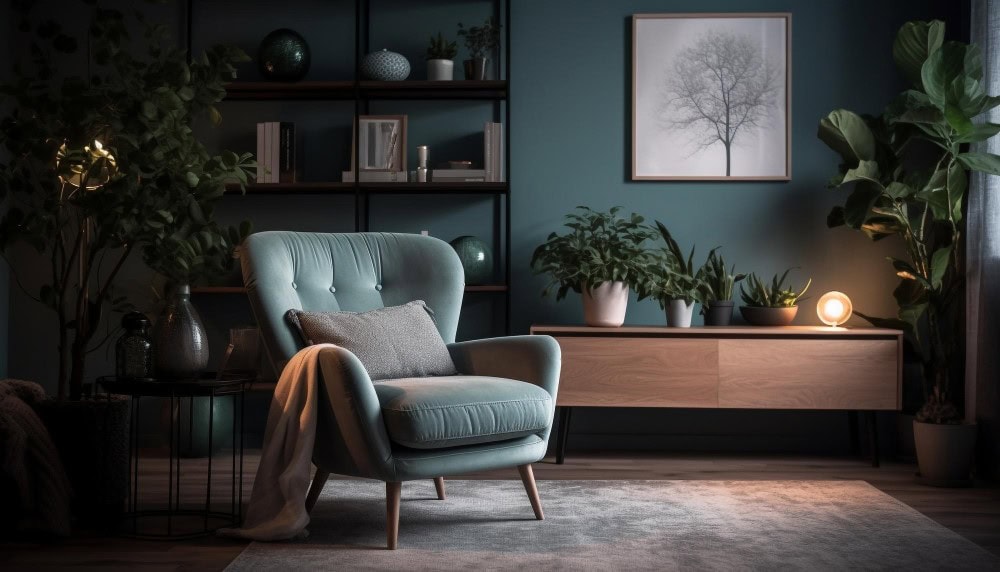
Aesthetics and Uniqueness
Aesthetic appeal is another crucial factor in furniture choice. Handcrafted furniture offers unique designs, with each piece having slight variations that showcase the artisan’s personal technique and style. The beauty of handcrafted items lies in their imperfections—no two pieces are exactly alike, which adds character and exclusivity to each item. The finishes used are often more natural, enhancing the material’s inherent beauty.
Mass-produced furniture, while sometimes based on trending designs and styles, lacks this uniqueness. The uniformity ensures that you get exactly what you see in the showroom, but it also means your furniture will likely be identical to thousands of other pieces. While this might appeal to those seeking consistency and cohesion in interior design themes, it does not satisfy the desire for individual expression through one’s environment.
Environmental Impact
The production method of furniture not only affects its quality and aesthetics but also its environmental footprint. Handcrafted furniture typically utilizes locally sourced materials, reducing the need for long-distance transportation, which lowers carbon emissions. Additionally, the methods used by artisans tend to be less reliant on heavy machinery and more on hand tools, which further decreases the ecological impact. On the other hand, the mass production of furniture often involves significant energy consumption and the use of materials that are not sustainably sourced, contributing to greater environmental degradation. However, some larger manufacturers are increasingly adopting greener practices and materials in response to consumer demand for sustainability.
Cost Considerations
When it comes to cost, mass-produced furniture usually has the advantage due to economies of scale, lower labor costs, and cheaper materials. This makes it an attractive option for budget-conscious consumers who need to furnish their spaces quickly and economically. Conversely, handcrafted furniture is generally more expensive due to the higher quality materials used and the labor-intensive processes it requires. However, its durability can make it a more cost-effective option in the long run, as such pieces rarely need replacement.
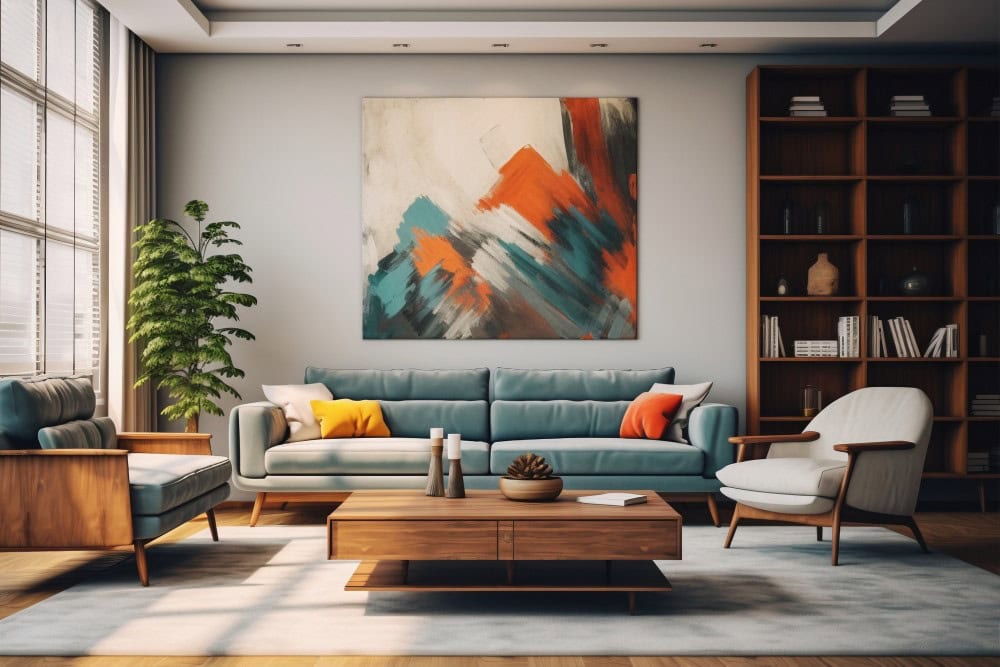
Practicality and Availability
Mass-produced furniture scores high on practicality and availability. It is readily available at numerous retail outlets and can be delivered quickly. Moreover, companies often offer a range of styles and modular options that can be easily integrated into varying room layouts. In contrast, handcrafted furniture may involve wait times as pieces are made to order, and the availability can be limited to certain regions unless shipped at a higher cost. Nevertheless, the ability to customize handcrafted pieces to specific tastes and dimensions remains a significant draw for those looking for a personalized touch in their furniture.
Making the Right Choice
Choosing between handcrafted and mass-produced furniture ultimately depends on individual needs, budget, and values. If sustainability and longevity are priorities, then investing in handcrafted furniture might be the way to go. However, for those who prioritize cost and immediate availability, mass-produced items might be more suitable. It’s also possible to blend both types in a home to balance cost, uniqueness, and design continuity.
Conclusion
In the debate between handcrafted and mass-produced furniture, each type offers distinct benefits and drawbacks. While handcrafted pieces provide uniqueness, superior quality, and less environmental impact, they come at a higher cost and with more extended wait times. Mass-produced furniture, on the other hand, offers affordability, immediate availability, and a wide range of styles but lacks the durability and personalized touch of artisanal pieces. By understanding these differences, you can make more informed decisions that align with your preferences, lifestyle, and values.

